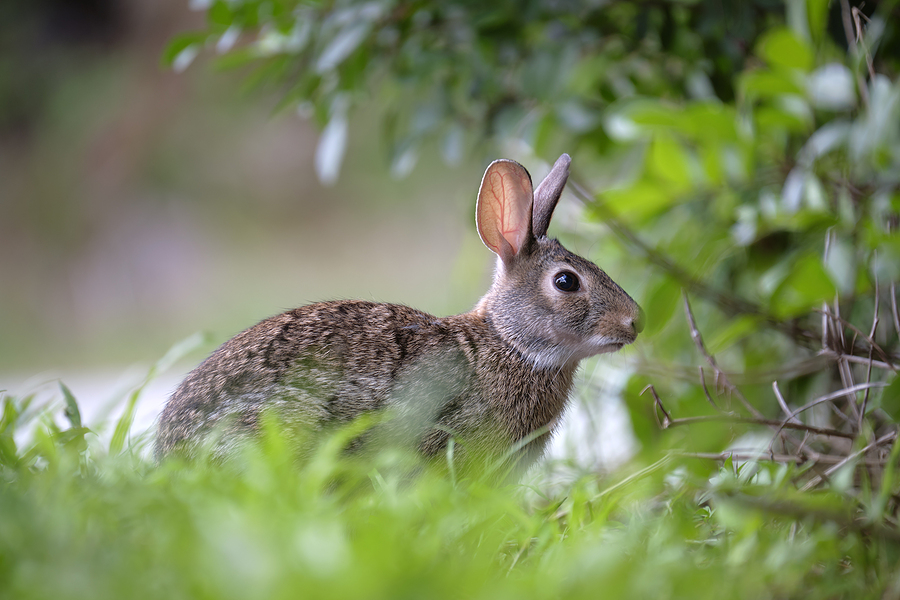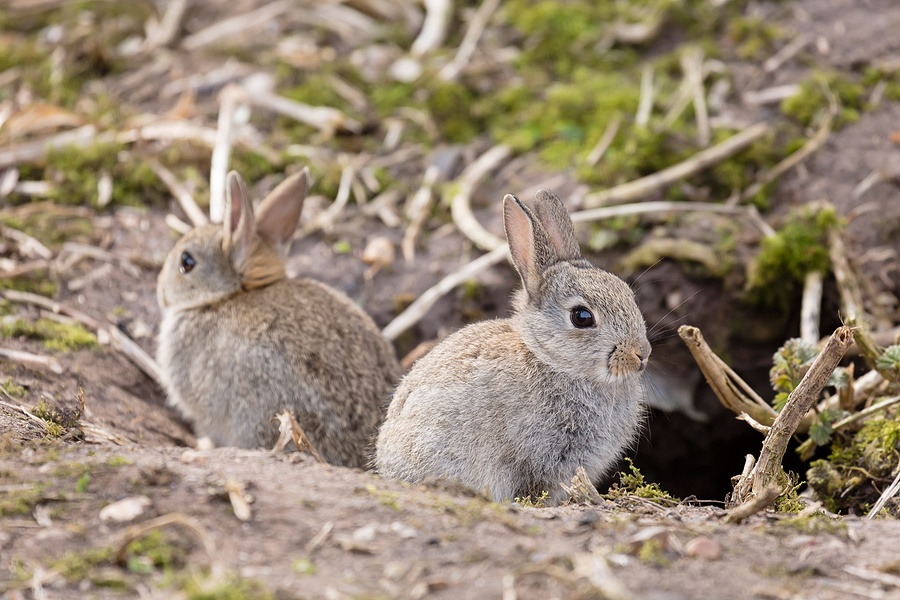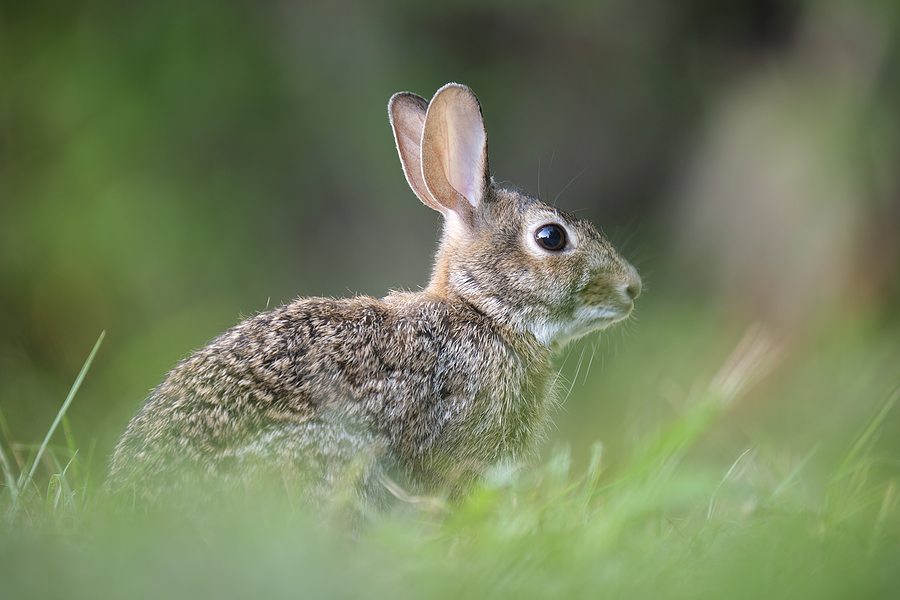Imagine a world without the gentle munch of a deer or the flutter of butterflies in your garden. Herbivores, the often unsung heroes of our ecosystems, play a vital role in maintaining the delicate balance of nature. From the grand elephants of the savanna to the small leaf-cutter ants of the rainforest, these animals are more than just herbivores. Join us on a journey to explore the fascinating world of herbivorous animals, from the wild to your backyard, and learn how we can coexist harmoniously with them.

What is an Herbivore?
Herbivores are animals that primarily feed on plants. They are a diverse group, ranging from large mammals to small insects. These plant-eaters are integral to ecosystems, as they help maintain the balance between plant and animal life. By consuming various plant materials, herbivores assist in plant reproduction through seed dispersal and serve as prey for carnivorous species.
Without herbivorous animals, ecosystems would be dramatically different. They play an essential role in shaping the environment, influencing plant community structures, and contributing to nutrient cycling. Herbivores have evolved a variety of adaptations to help them efficiently consume and digest plant material, making them highly specialized in their ecological roles.
Understanding the significance of herbivores is crucial for appreciating the interconnectedness of life on Earth. By examining their role in ecosystems, we can better appreciate their impact on biodiversity and learn to conserve and protect vital habitats.
The Variety of Herbivorous Diets
Herbivores come in all shapes and sizes, with each species uniquely adapted to its environment. Mammals like zebras, giraffes, and rabbits are well-known examples of herbivores, but the group also includes birds, insects, and reptiles. These animals have evolved to exploit different plant resources, from leaves and grass to seeds and fruits.
Insects make up a significant portion of the herbivorous animal kingdom. Butterflies, caterpillars, and beetles feed on plant material, playing essential roles in pollination and plant growth. Birds, such as finches and parrots, also rely on seeds and fruits, while some reptiles, like iguanas and tortoises, graze on vegetation.
The diverse array of herbivorous animals demonstrates their adaptability and the importance of their ecological roles. Each species has developed unique behaviors and physical traits to optimize their ability to find, consume, and digest plant materials, highlighting the incredible diversity of life on Earth.
Herbivores in the Wild
In the wild, herbivorous animals exhibit remarkable adaptations that allow them to thrive in various environments. Elephants, for instance, are known for their strong trunks, which they use to strip leaves from trees and bushes. These massive mammals play a vital role in maintaining the savanna ecosystem by preventing overgrowth and promoting new plant growth.
In rainforests, leaf-cutter ants work tirelessly to harvest leaves, which they use to cultivate fungus for food. These tiny herbivores play a critical role in decomposition and nutrient cycling, helping to maintain the health and stability of their ecosystem.
In grasslands, bison graze on grasses and other plants, shaping the landscape through their feeding habits. Their movement across vast areas supports the growth of diverse plant species and helps prevent overgrazing, ensuring a healthy balance between plant and animal life.
Herbivores and Gardening
Gardeners often encounter herbivorous wildlife in their backyards, as these animals are naturally attracted to gardens filled with lush plants. While some may see them as pests, it’s essential to understand that herbivores contribute to biodiversity and the overall health of the environment. Coexisting with them can be achieved through thoughtful planning and adaptation.
One way to create a garden that coexists with herbivores is to plant species that are less attractive to them. Consider incorporating plants with strong scents or tough foliage, as these are often less appealing to herbivorous animals. Additionally, diversifying your garden with a mix of plants can help deter herbivores, as they are less likely to feed in areas with limited food options.
Creating physical barriers, such as fences or nets, can also help protect your garden from herbivores. These structures can keep larger animals like deer out while allowing smaller creatures, such as rabbits, to pass through without causing significant damage. By taking proactive measures, you can enjoy a thriving garden while supporting the local ecosystem.
Safe and Humane Wildlife Control
When herbivores become too much of a nuisance, it’s essential to employ safe and humane methods of wildlife control. Instead of resorting to harmful chemicals or traps, consider using natural deterrents to discourage unwanted visitors. For example, planting strong-smelling herbs like mint or rosemary can help repel herbivores without harming them.
Motion-activated sprinklers are another effective and humane option for deterring herbivorous animals. These devices release a burst of water when they detect movement, scaring away animals without causing harm. Solar-powered lights can also be used to deter nighttime visitors by creating an environment that feels unsafe and uncomfortable.
If herbivores continue to cause problems, consider consulting with a professional wildlife control company for advice on managing the situation. By prioritizing safe and humane methods, you can protect your garden while respecting the role of herbivores in the ecosystem.
Conclusion
Herbivores are integral to the delicate balance of ecosystems, playing crucial roles in plant reproduction, nutrient cycling, and maintaining biodiversity. By understanding and appreciating the importance of these plant-eaters, we can take steps to coexist harmoniously with them in our gardens and beyond.
For animal lovers, nature enthusiasts, and gardeners, fostering a healthy relationship with herbivores can enrich our lives and the environment. By implementing thoughtful gardening practices and humane wildlife control methods, we can support the diverse array of herbivores that contribute to the vibrant tapestry of life on Earth.
To learn more about herbivores and how to support their habitats, consider exploring resources and organizations dedicated to wildlife conservation and sustainable gardening practices. By working together, we can ensure a future where herbivores continue to thrive and play their essential roles in the natural world.
Are you dealing with some herbivorous animals that are tampering with or coming too close to your property? Contact Budget Animal Removal at 317-875-3099 for professional critter control in Indianapolis and its surrounding counties. We serve residential and commercial customers, plus offer insurance claim work for animal damage restoration.
Related Posts:
Is it Safe to Feed the Animals Around My House?
Types of Wildlife That Will Destroy Your Roof
Non-Toxic Repellent Recipe for Nuisance Wildlife


